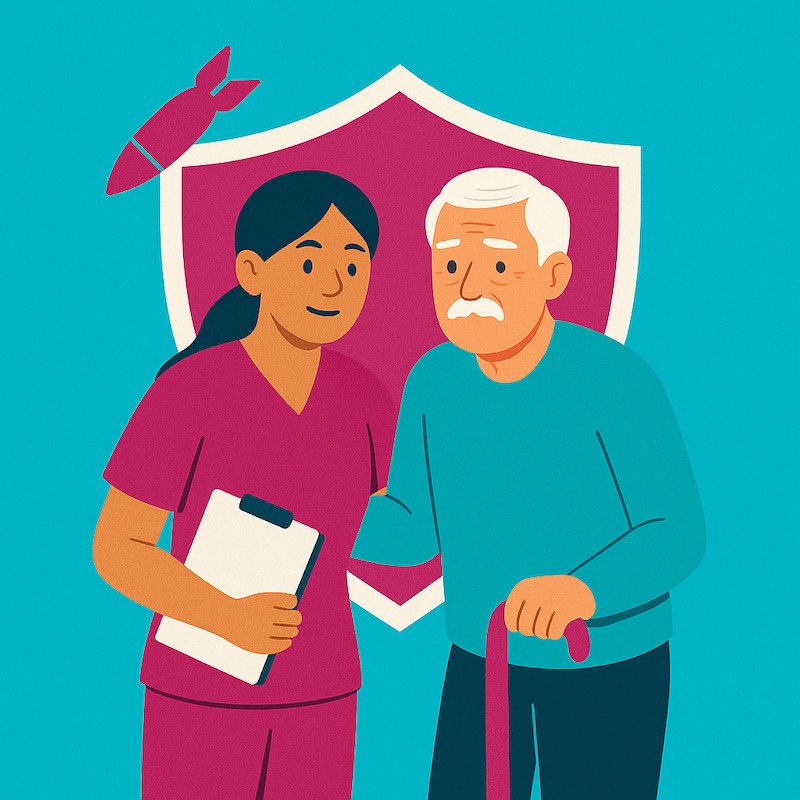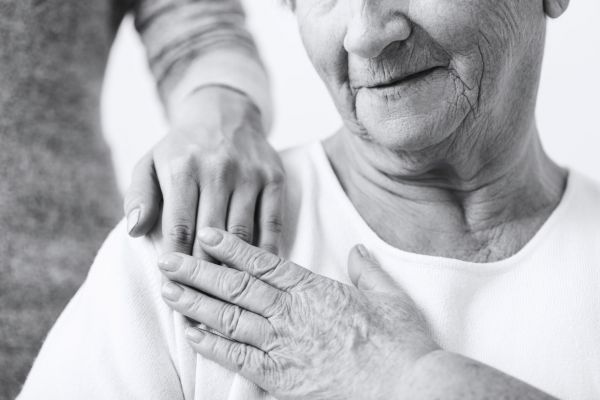Common Health Problems: Eye Disorder
The iSavta Team | 13.11.2019

EYE DISORDER
Vision problems occur at all ages. Vision loss is sudden or gradual. One or both eyes are affected.
GLAUCOMA
With Glaucoma, fluid pressure within the eye is increased. This damages the optic nerve. There is vision loss with eventual blindness. The disease is gradual or sudden in onset. The person has tunnel vision and blurred vision and sees halos around lights. Eye discomfort also occurs. With sudden onset, there is severe eye pain, nausea, and vomiting. Blacks and persons over 40 years of age are at risk.
Treatment involves drug therapy and possibly surgery. The goal is to prevent further damage to the optic nerve. Prior damage cannot be reversed.
CATARACT
Cataract is an eye disorder in which the lens becomes cloudy. Light cannot enter the eye. Vision gradually blurs and dims. The person is sensitive to light and glares. A cataract can occur in one or both eyes. Aging is the most common cause. Surgery is the only treatment.
The eye is protected from injury after surgery. Follow these rules:
- Keep the eye shield in place as directed. It is worn for sleep, including napping.
- Do not shampoo or shower the person without a doctor’s order.
- Do not bump the eye.
- Remind the person not to rub the eye.
- Report the following to the nurse immediately:
- Increasing pain after the first 24 hours after surgery.
- Drainage from the eye.
Measures for the blind person are practiced when an eye shield is worn. The person may have a vision loss in the other eye.
CORRECTIVE LENSES
Eyeglasses and contact lenses correct vision problems. Eyeglasses are commonly needed for reading or seeing at a distance. Contact lenses are usually worn continuously while awake.
Protect glasses from breakage or other damage. When not worn, put them in their case. Put the case in the drawer of the bedside stand to prevent loss or damage to the glasses. To prevent loss, most nursing centres mark eyeglasses with the person’s name,
Contact lenses fit directly on the eye. They are easily lost. Remove and clean them following the manufacturer’s instructions and agency procedures.
BLINDNESS
Birth defects, accidents, and eye diseases are among the causes of blindness. Loss of sight seriously affects a person’s life. Physical and psychological adjustments are hard and long.
Braille is a writing method that uses raised dots. Dots are arranged to represent letters of the alphabet. The first 10 letters also represent the numbers 0 through 9. The person feels the arrangement of dots with the fingers.
The blind person learns to move about using a white cane with a red tip or a guide dog. Both are recognized worldwide as signs that the person is blind. The dog serves as the eyes of the blind person. The dog recognizes danger and guides the person through traffic.
Treat the blind person with respect and dignity – not with pity. Most blind people adjust well and lead independent lives.











